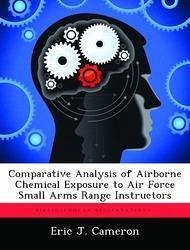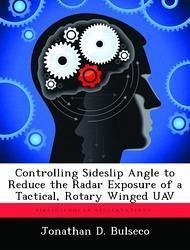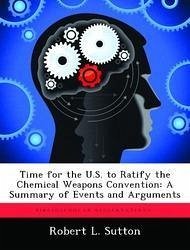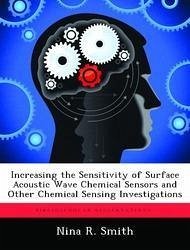Nicht lieferbar

A Pharmacokinetic Study of the Effects of Stress and Exercise on Chemical Exposure
Versandkostenfrei!
Nicht lieferbar
Several concerns about the effects of the combination of human chemical exposure with the stressful conditions of the Gulf War have been raised. The wartime stress experienced by soldiers can vary from physical to mental and emotional stress. Each type of stress causes changes in the human body, including blood flow, hormonal, and ventilation changes, and may increase the permeability of the blood-brain barrier. Each change influences the chemical uptake, distribution, and accumulation in the body. The purpose of this thesis was to model and predict the changes that occur when stress and exerc...
Several concerns about the effects of the combination of human chemical exposure with the stressful conditions of the Gulf War have been raised. The wartime stress experienced by soldiers can vary from physical to mental and emotional stress. Each type of stress causes changes in the human body, including blood flow, hormonal, and ventilation changes, and may increase the permeability of the blood-brain barrier. Each change influences the chemical uptake, distribution, and accumulation in the body. The purpose of this thesis was to model and predict the changes that occur when stress and exercise are combined with chemical exposure. A Physiologically-based pharmacokinetic (PBPK) model was used as a tool to visualize, predict, and generate a hypothesis about chemical exposures. The PBPK model developed simulated human tissue compartments during chemical exposure under varying stress and exercise conditions. As a result of the system dynamics process, the PBPK model developed may be a valid tool for helping to explain and predict the fate and transport of a chemical on an individual under the physical stress of exercise, and other less-defined stressors which directly affect the blood-brain barrier transport mechanisms in the model. The results suggest that the chemical concentrations in the brain are highly dependent on the transport mechanisms involved. The transport mechanisms and their respective strengths have been identified as key parameters for further study. The model developed is a simple tool that can be applied to future exploration.










